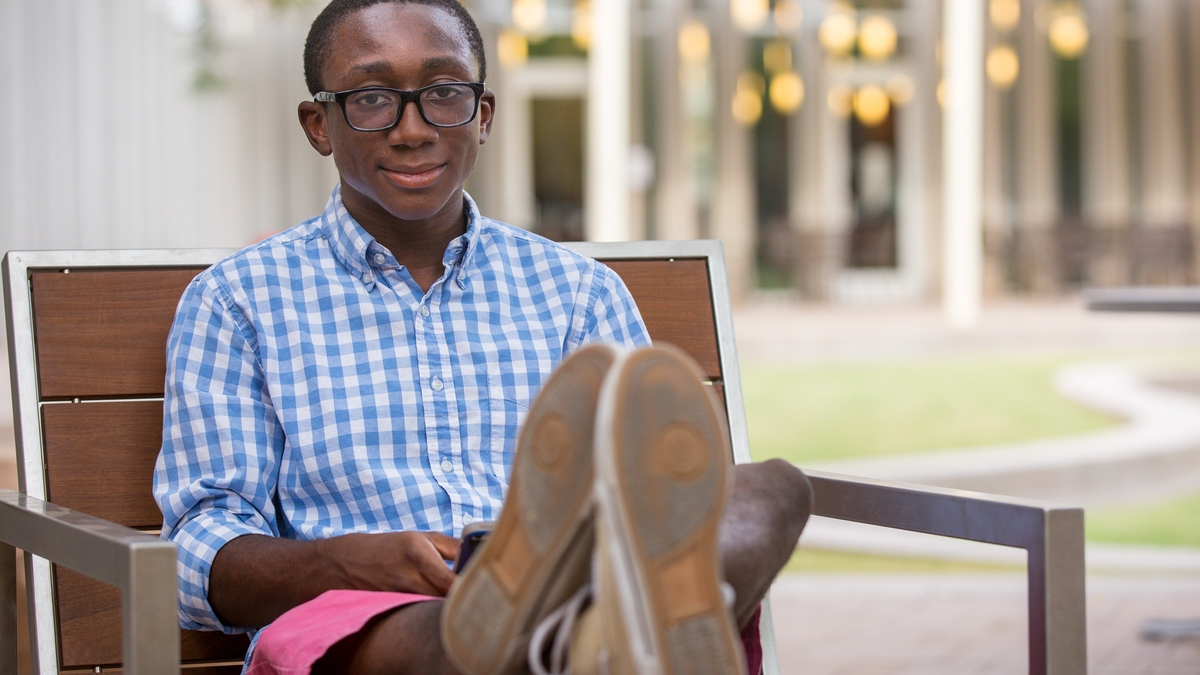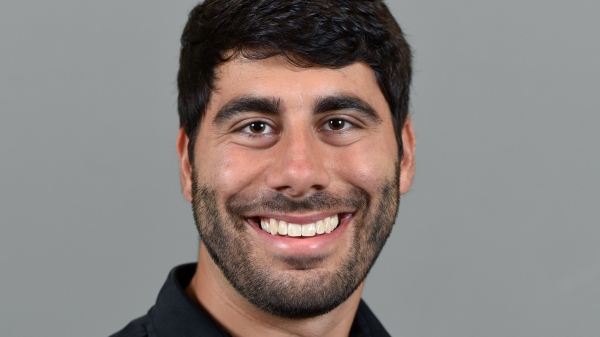Daring to dream of a flying car

Walter Bonar wants to build a car that can fly. It's one of the reasons he came to ASU from North Carolina; he believes the school's engineering schools can help him achieve that dream.
Editor's note: This story is part of our back-to-school spotlight on notable incoming students. The series will run during the first two weeks of the fall semester. Read our other profiles here.
Walter Bonar’s focus hasn’t wavered since first grade, when his teacher asked him what he wanted to be when he grew up.
“A rocket scientist.”
Through years of attending aerospace engineering camps and constructing rockets that fly more than 1,200 feet above the ground, Bonar’s dream was never deferred: He was going to be a rocket scientist.
And as someone who grew up in Marvin, North Carolina, he had to give strong consideration to extending his dream through universities in his home state. But when Bonar started comparing schools, he was surprised about what he found at Arizona State University.
“There were more resources available there, especially for undergraduate students,” Bonar said via telephone.
It’s why the Barrett, The Honors College student will be starting this fall as a freshman studying aerospace engineering in the Ira A. Fulton Schools of Engineering, rather than staying at home in the Tar Heel State.
“There are bound to be one or two people who are thinking about the same things that I am and we can come together and try to make something better, something that’s never been done before,” Bonar said.
Like, say, building a flying car.
It’s not exactly constructing a rocket set for a path to Mars, but Bonar says as he has done more research, he has become intrigued by subspace aerospace engineering.
“I just really want to explore what’s up there,” he said. “The physics required for that is pretty intense; when you have to include air resistance into physics equations, it’s a bear.”
He has been thinking about more than just equation. Bonar can talk about the excitement of flying cars, and the issues an armada of these things would create.
“If there are millions of flying cars, we’re going to have to think of the ways to reduce the noise,” he said.
Perhaps some time in the next four years, Bonar and his ASU colleagues will be worrying about these problems as they craft a car that could fly us to North Carolina and back. But in the meantime he’ll be thinking about other issues, like trying to find time to play his French horn while studying to be an engineer and hoping his family is doing OK across the nation.
It’s a common concern for far-flung students, but Bonar has extra reason to worry: His dad is recovering from Hodgkin’s lymphoma. During the treatment Bonar donated his own stem cells to his father to help rebuild his immune system. The treatment has been working. Bonar’s dad is scheduled to go back to work later this month or next.
“This is really awesome that I was able to do this for my dad,” he said.
So, no doubt, Bonar’s mind will be back in North Carolina, missing family, friends and familiarity. But there’s one thing this future rocket scientist won’t be missing: the Southeastern climate.
“No humidity,” Bonar said of Tempe. “That’s a perk.”
More Science and technology

ASU researchers develop special microphone to verify human speech
Deepfakes have become a large societal concern with the advent of video and audio content generated by artificial intelligence,…

Leading students toward a future of renewable energy
Nicholas Rolston, assistant professor in the School of Electrical, Computer and Energy Engineering, one of the Ira A. Fulton…

SPARCS mission spacecraft bus delivered to ASU for final assembly
The Arizona State University team that is building the NASA-funded Star-Planet Activity Research CubeSat, or SPARCS, cleared a…